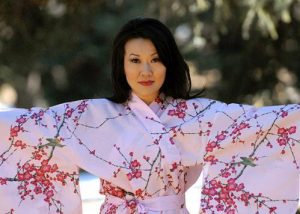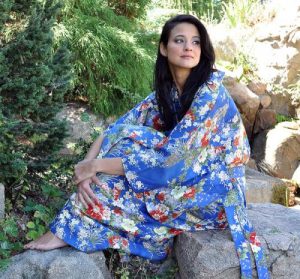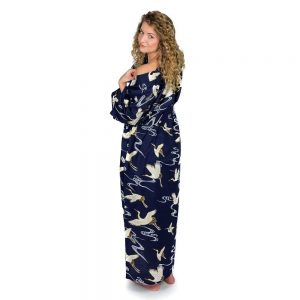The timeless elegance of kimonos and yukatas has long been cherished by enthusiasts and retailers alike, serving as both a symbol of Japanese tradition and a personal expression of style. However, recent changes in US trade policy may bring a surprising twist to the market for these treasured garments. With a new 24% tariff on Japanese imports, the prices you pay for these handcrafted pieces might soon reflect additional costs.
What Do These Tariffs Mean for Kimono Enthusiasts?
This new tariff directly impacts Japanese goods imported into the United States, including the beautiful cotton kimonos and yukatas our customers adore. But who will bear the cost of this tariff? Will it be absorbed by manufacturers? Passed along to retailers? Or ultimately reflected in the prices paid by customers? These questions create a complex ripple effect through the kimono industry.
For a traditional cotton yukata robe priced at $100, an additional 24% tariff could push the price to $124 even before factoring in other costs like logistics and handling. These numbers demonstrate how a seemingly small percentage can have a significant impact, especially for those who are deeply passionate about owning an authentic, high-quality Japanese kimono.
Kimono Shop’s Commitment to Quality and Affordability
At Kimono Shop, we’ve weathered countless storms over our 30 years of experience in logistics and international trade. From shipping disruptions to container shortages, we’ve maintained an unwavering commitment to delivering exceptional quality and value to our customers. This is no exception.
Our team is already working tirelessly to mitigate the effects of these new tariffs. Leveraging our longstanding relationships with suppliers and an unmatched understanding of global logistics, we are determined to find solutions that minimize cost increases while preserving the quality you expect from us.
What Does This Mean for You?
While prices for authentic Japanese kimonos and yukatas may experience an increase, our commitment to craftsmanship, tradition, and customer satisfaction will remain unchanged. When you shop with us, you’re not just purchasing a garment—you’re investing in a story, a culture, and a tradition that’s been passed down through centuries.
How You Can Support Kimono Tradition
- Choose quality over quantity. Every kimono or yukata from Kimono Shop is made with meticulous attention to detail, offering a piece of wearable art that will last for years.
- Stay informed. Understanding how tariffs impact pricing helps you make more informed purchasing decisions.
- Join a community of enthusiasts who are passionate about Japanese culture. By supporting businesses like ours, you help ensure the enduring legacy of traditional Japanese garments.
Looking Forward
While these tariffs present challenges, they also invite us to reflect on the craftsmanship and heritage that make kimonos and yukatas so special. We at Kimono Shop are honored to bring you these timeless garments and are committed to overcoming obstacles to ensure your experience remains as elegant and seamless as the garments themselves.
To explore our collection and learn more about how we’re navigating these challenges, visit Chopa today.










